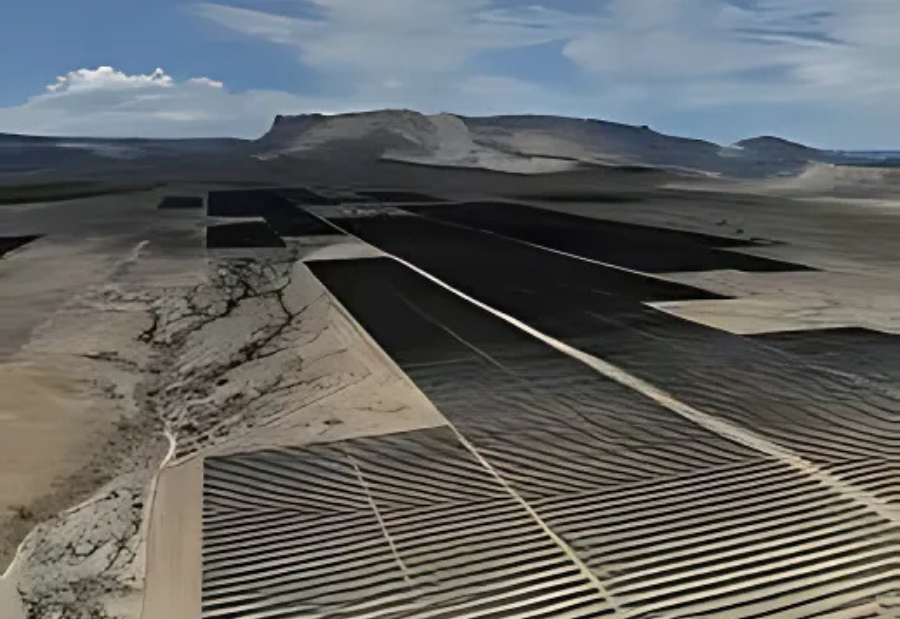Pakistan is witnessing a silent but powerful solar energy revolution as more people across income levels turn to solar power to escape rising electricity costs and frequent power cuts. Rooftop solar panels have become a common sight, with residents moving away from the national grid in growing numbers.
In Karachi, Fareeda Saleem’s small home now offers something rare during Pakistan’s scorching summer—uninterrupted electricity. “Solar makes life easier, but it’s a hard choice for people like us,” she said. Saleem was disconnected from the grid after refusing to pay bills during 18-hour blackouts. To install a solar system costing 180,000 rupees, she sold her jewellery and borrowed money. Now, children gather around the cool breeze of her fan as temperatures rise above 40 degrees Celsius.
Pakistan’s shift to solar has been rapid. From just under two percent of the energy mix in 2020, solar now contributes 24 percent in the first five months of 2025, making it the largest energy source. The surge has even overtaken gas, coal, nuclear and decades of investment in hydropower. With solar energy on the rise, the country is quickly approaching its 2030 goal of having 60 percent renewable energy.
Soaring global fuel costs and IMF pressure to reduce subsidies have pushed electricity prices up by as much as 155 percent since 2022. In many homes, electricity bills now cost more than rent. According to experts, this solar boom is not driven by government policy but by public frustration with a failing energy system.
Pakistan mostly imports affordable solar equipment from China. But as the number of grid users drops, the government—already burdened with eight billion dollars in energy sector debt—is feeling the strain. Electricity sales fell 2.8 percent in June, and a recent government report warned of financial pressure on grid users.
To respond, authorities have introduced a 10 percent tax on imported solar equipment and plan to reduce the rate at which excess energy is bought from users.
“The household solar boom was a response to a crisis, not the cause of it,” said an energy analyst. Still, the shift is creating challenges for the grid, especially in the evenings when users without batteries switch back to traditional power.
Also read: Viksit Workforce for a Viksit Bharat
Do Follow: The Mainstream formerly known as CIO News LinkedIn Account | The Mainstream formerly known as CIO News Facebook | The Mainstream formerly known as CIO News Youtube | The Mainstream formerly known as CIO News Twitter |The Mainstream formerly known as CIO News Whatsapp Channel | The Mainstream formerly known as CIO News Instagram
About us:
The Mainstream formerly known as CIO News is a premier platform dedicated to delivering latest news, updates, and insights from the tech industry. With its strong foundation of intellectual property and thought leadership, the platform is well-positioned to stay ahead of the curve and lead conversations about how technology shapes our world. From its early days as CIO News to its rebranding as The Mainstream on November 28, 2024, it has been expanding its global reach, targeting key markets in the Middle East & Africa, ASEAN, the USA, and the UK. The Mainstream is a vision to put technology at the center of every conversation, inspiring professionals and organizations to embrace the future of tech.




